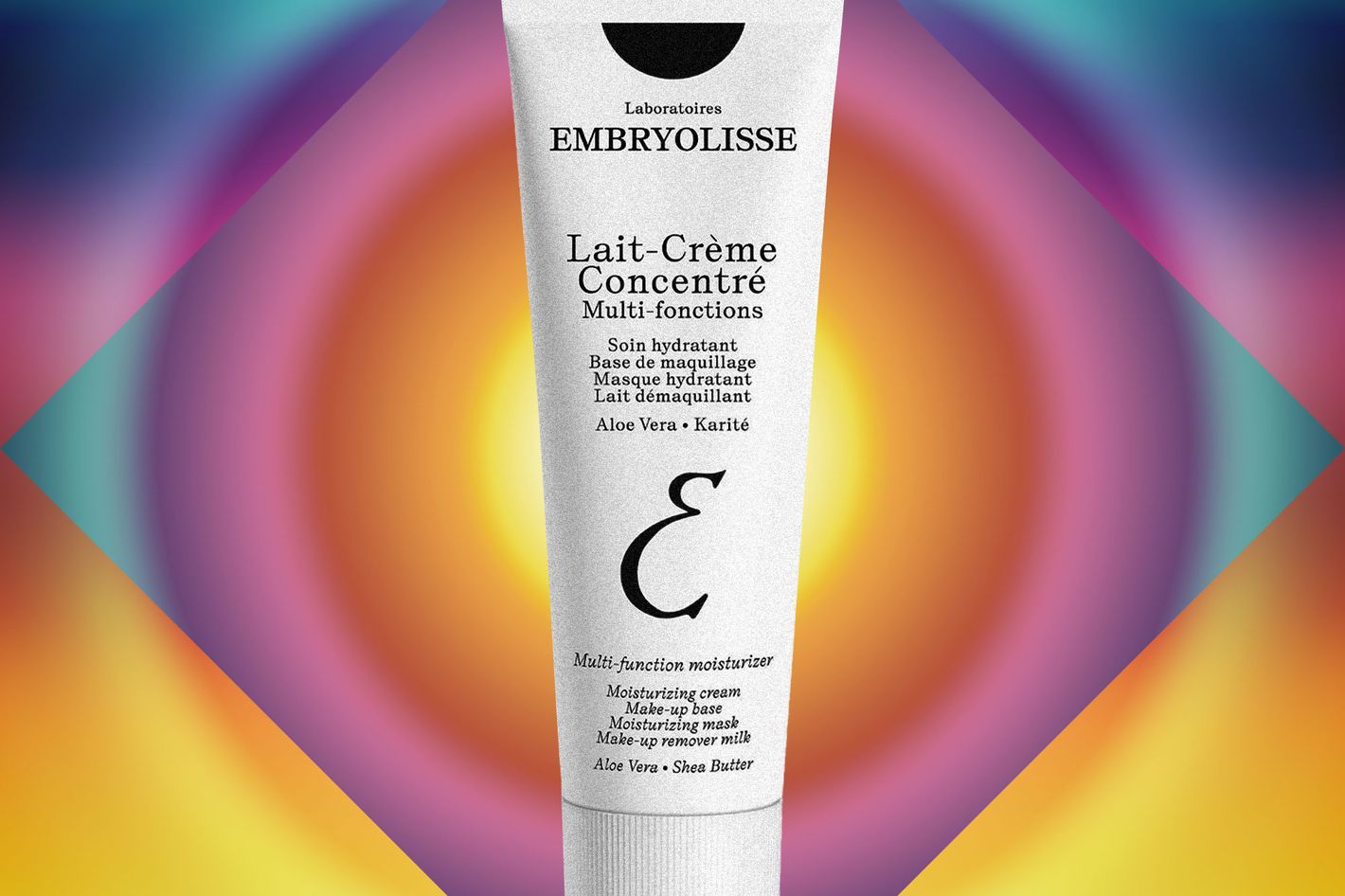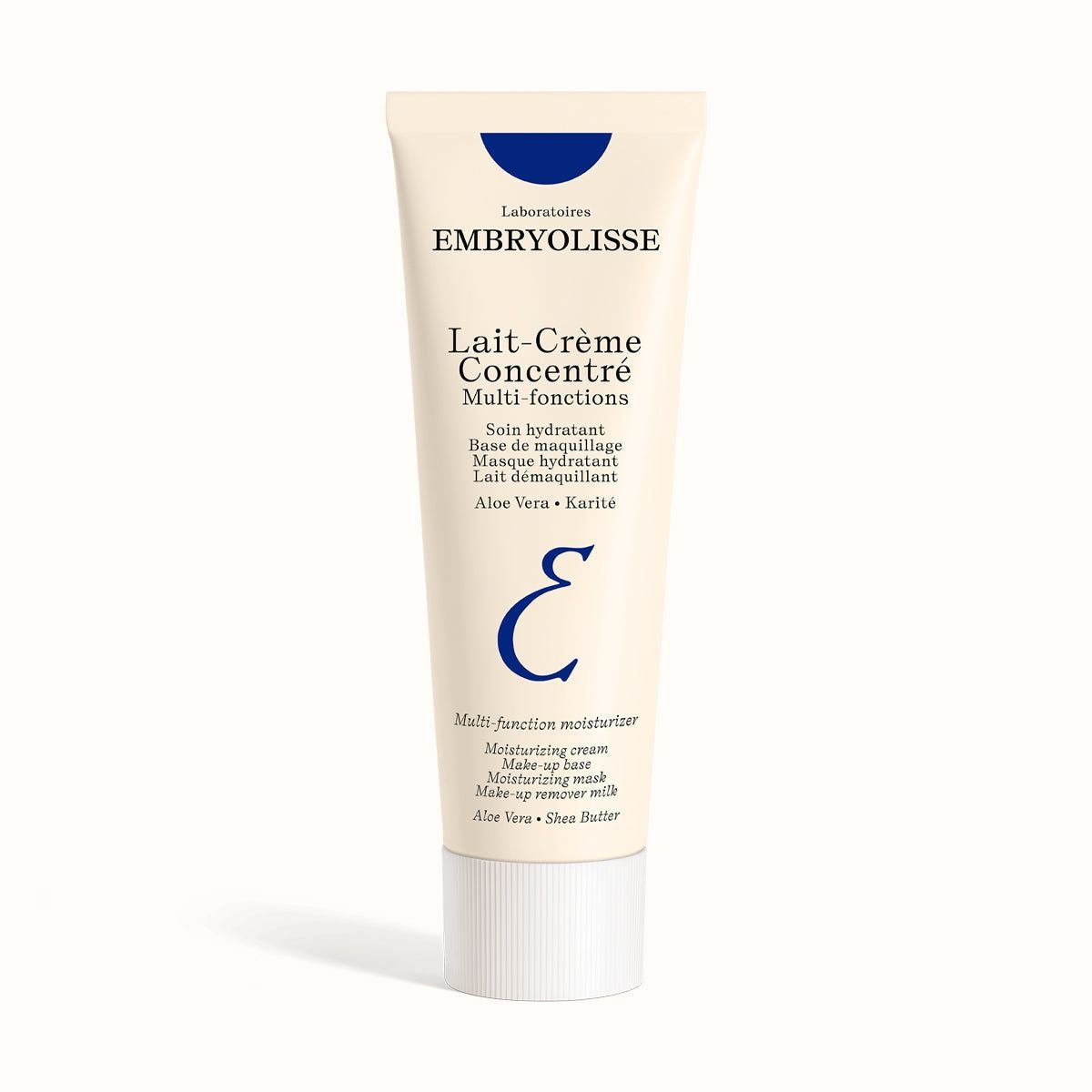
This column first ran in Valerie Monroe’s newsletter, How Not to F*ck Up Your Face, which you can subscribe to on Substack.
Q:I purchased my Embryolisse in Paris, and now I see that Amazon carries it and I’m concerned it’s counterfeit. I was alerted a while ago that a supplement I was taking was counterfeit. Scary! How is one to know? Simply not order from them?
A: As my 6-year-old granddaughter, M, says, “There’s good news and there’s good news! And bad news.”
First, the good news: You can order your favorite lotion or cream directly from the Embryolisse website in the U.S..

Embryolisse Lait-Crème Concentré
The other good news: The cream isn’t crazy expensive.
$29 at Amazon
$29 at Dermstore
$29 at Skinstore
The bad news, delivered compassionately by HNTFUYF DermDiva Heidi Waldorf, M.D.: Unfortunately, unless a product is sold by either the manufacturer or an authorized distributor, you have no way of knowing if it’s the real deal. For topicals, that’s generally not dangerous — just a waste of money. (Waldorf does buy hair products on Amazon.) If you’ve previously bought a product from the same source, it’s easier to spot an obvious fake. Waldorf says she’s returned products that arrive unsealed or unboxed. And she points out another reason to buy straight from the source: How the product is stored/handled to avoid spoilage or inactivation from extreme temperatures or ultraviolet exposure is more reliable.There are some good suggestions for shopping on Amazon here.
Q:I’ve always loved a steam room; my current health club doesn’t have one, so I bought a mini facial steamer to incorporate into my skin-care regimen. To my dismay, the instructions say you must use distilled water because tap water has minerals. In my opinion, that’s ridiculous, so I tried the steamer last night with tap water. Why would they recommend distilled water? Also, is steaming good for the skin (other than feeling good for me in a dry climate)?
A: I also love the way my skin feels and looks when I get out of a steam room. I especially loved how it looked after spending 24 hours in and out of a Japanese onsen (hot spring).
But Waldorf has a few cautionary words about using your device. Four, to be exact: Stop steaming your face.
Why? “Steaming increases moisture evaporation, which means everything you apply to your face after a steam penetrates more deeply while the skin is losing moisture, which is a perfect setup for irritation,” she says. You could apply lots of moisturizers, of course, but you’re only replacing what you’ve just steamed out. So it’s maybe not the best treatment for your complexion in a dry climate.
As for the annoying instructions about using distilled water, that’s not a health issue; it’s a mechanical one, says Waldorf. Hard water leaves residue in the steamer and may disrupt its function by clogging it. NB: The steamer differs from a neti pot and a nasal rinser — for which either distilled, sterile, or saline water is medically critical. In that case, the water goes into an enclosed space (your nasal passages) prone to bacterial growth, which can spread beyond the sinuses to bone and even the brain. So save the distilled water for your neti pot and quit the steaming.
Originally published on April 16th.
More From This Series
- Do Copper Pillowcases Help With Wrinkles?
- In Defense of Annette Bening’s Face
Valerie Monroe , 2024-05-03 13:00:39
Source link


